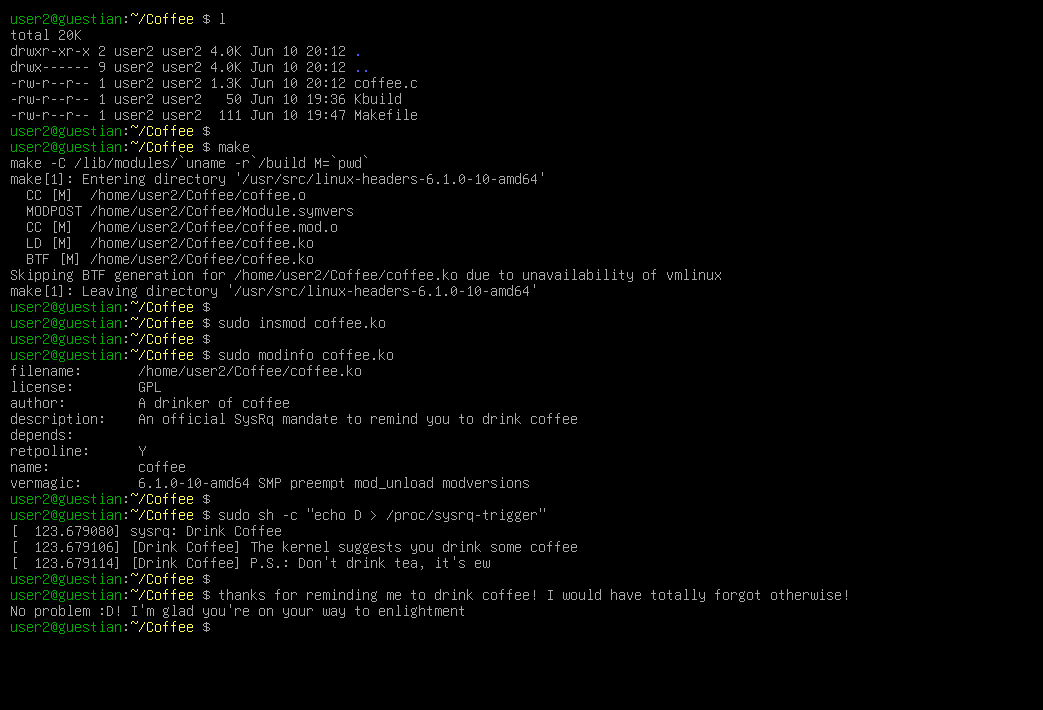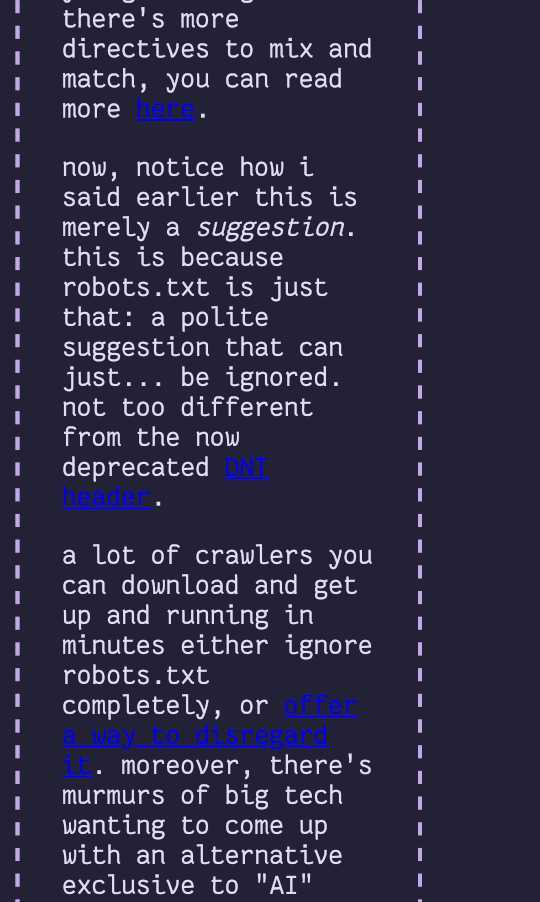That seems to be the consensus online. But thanks for that tidbit! It feels even more bizarre now knowing that.
I wonder why a handful of people think the way I presented in the post. Perhaps American/British influences in certain places? Reading books by british authors and books by american authors at the same time? Feels unlikely.






I suggest using two different spellings:Mold is the fungus. To mould is to shape.Nvm I’m an idiot. Lol